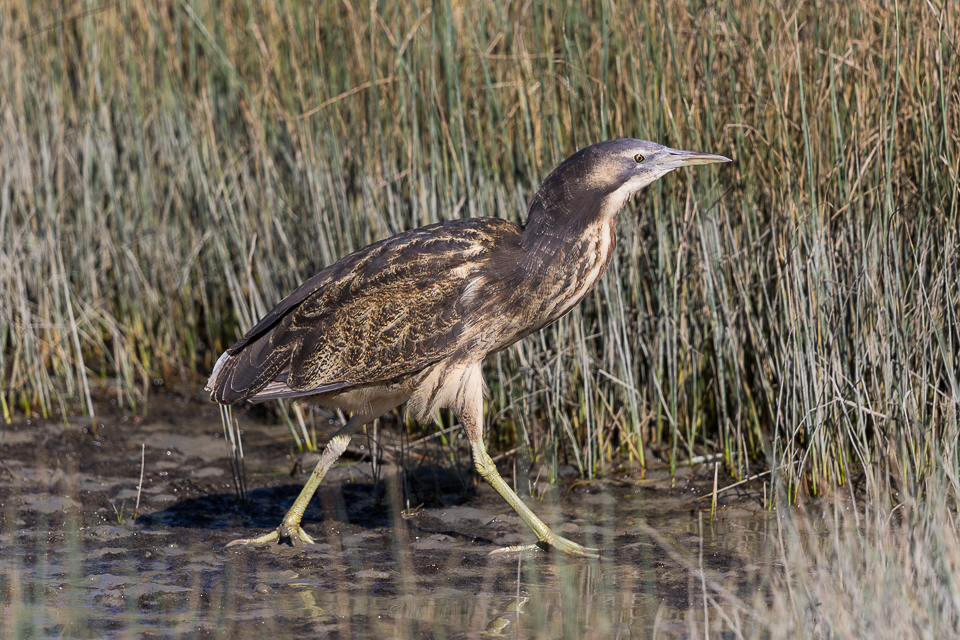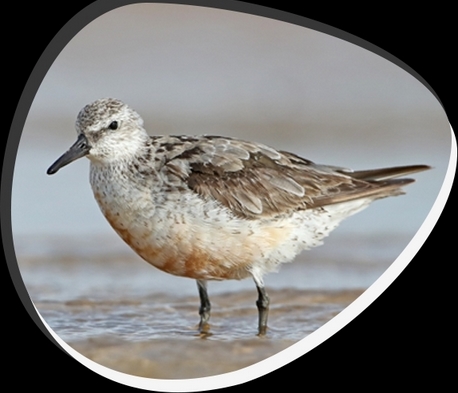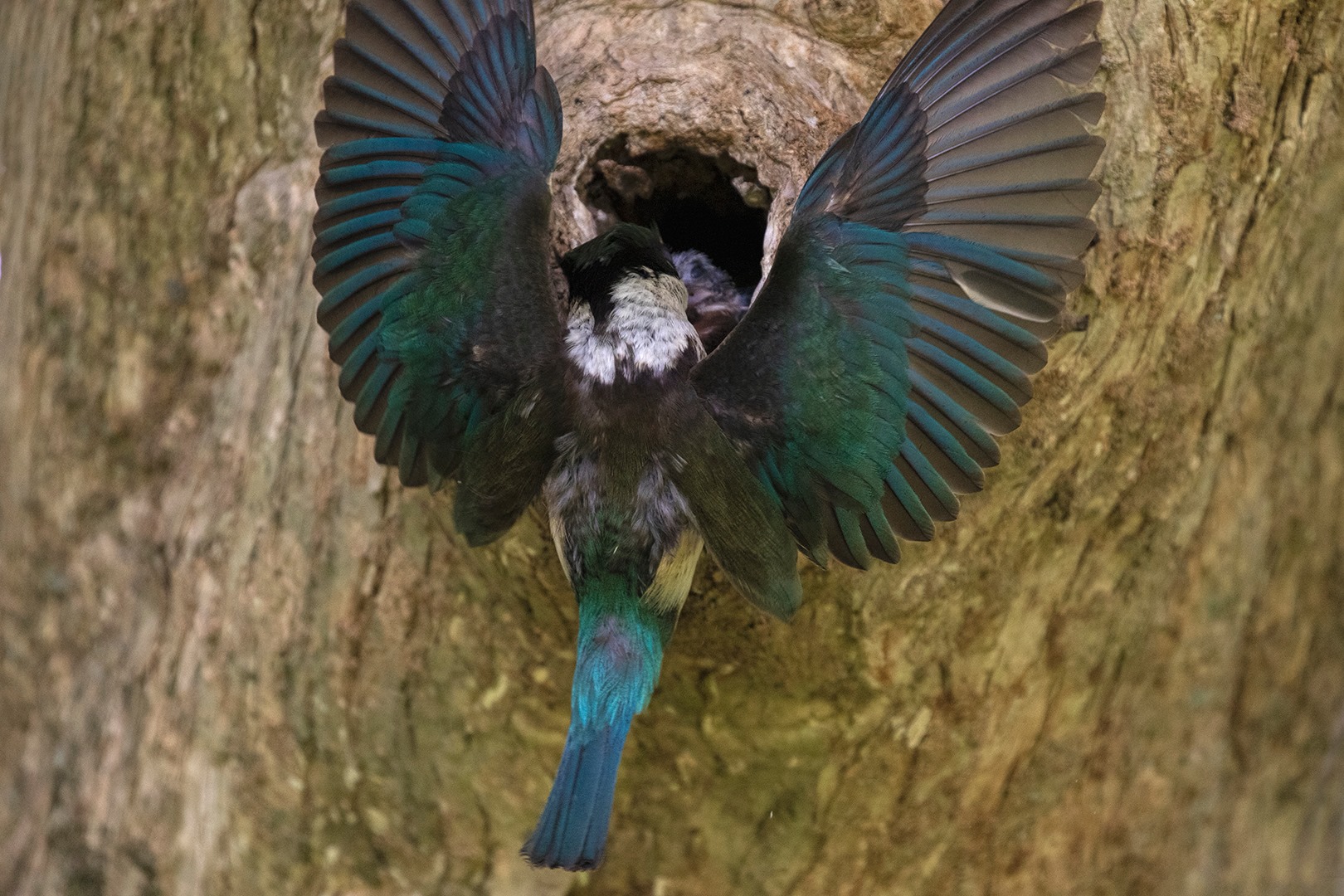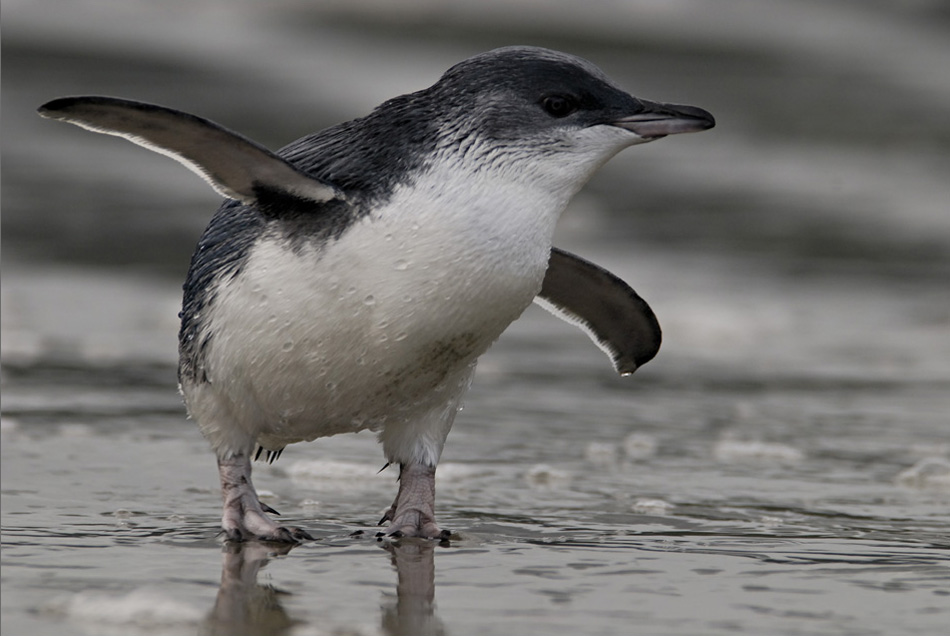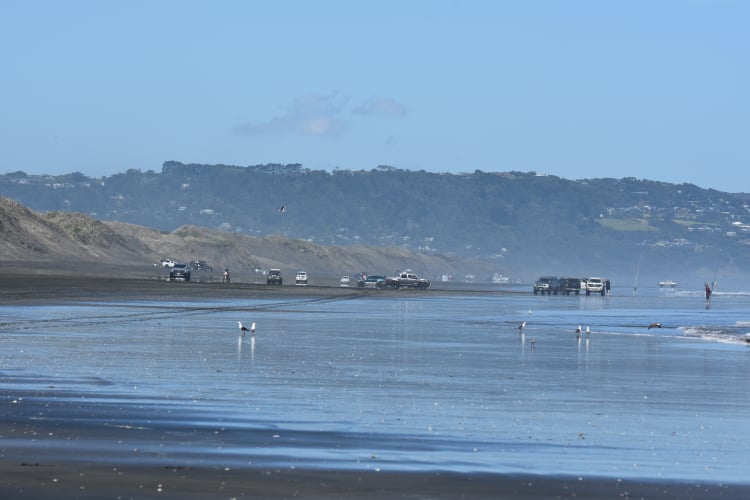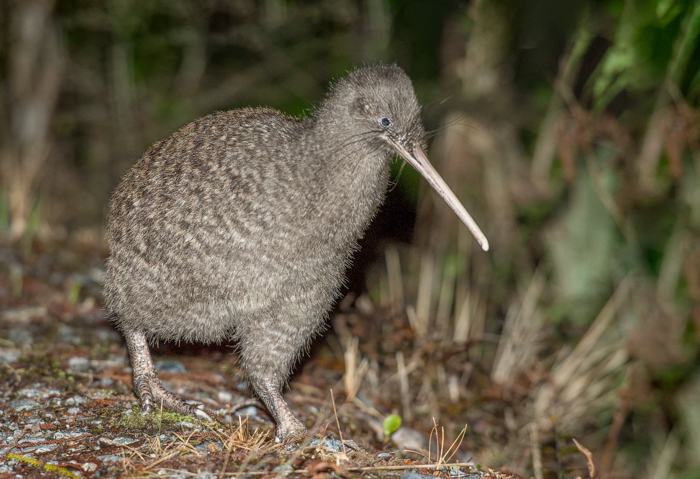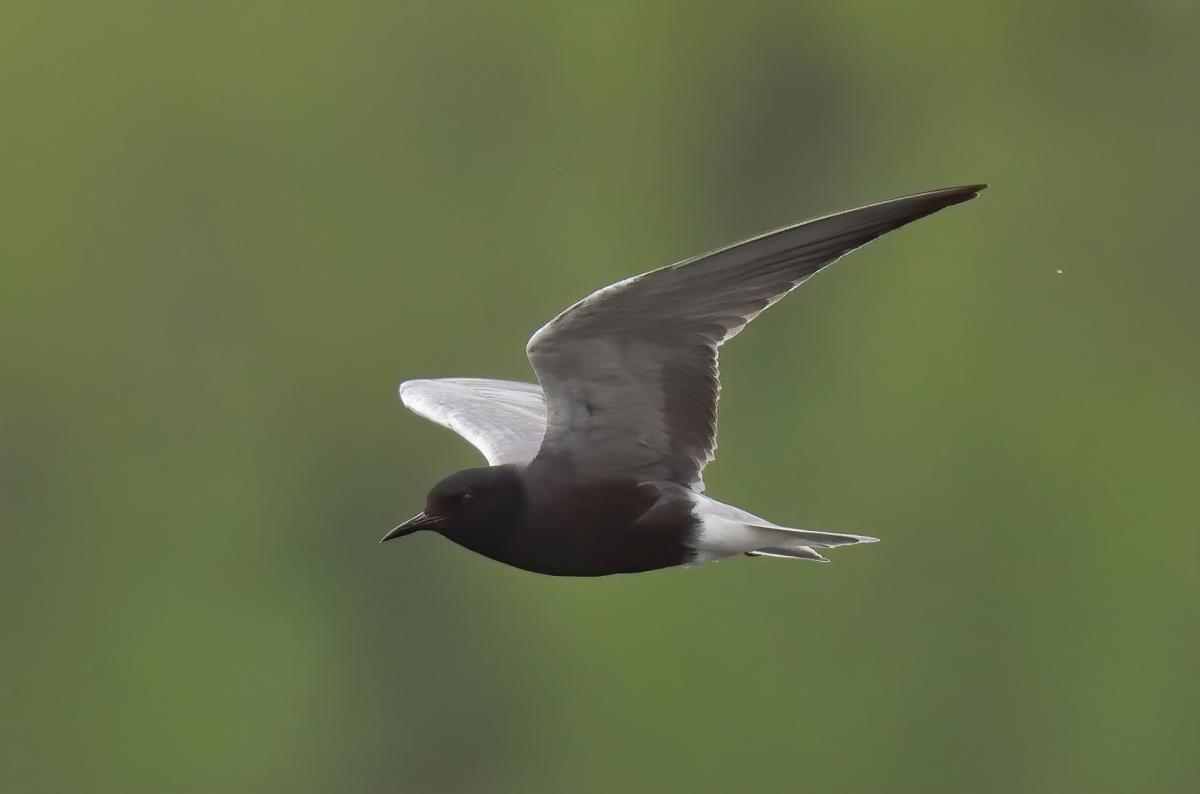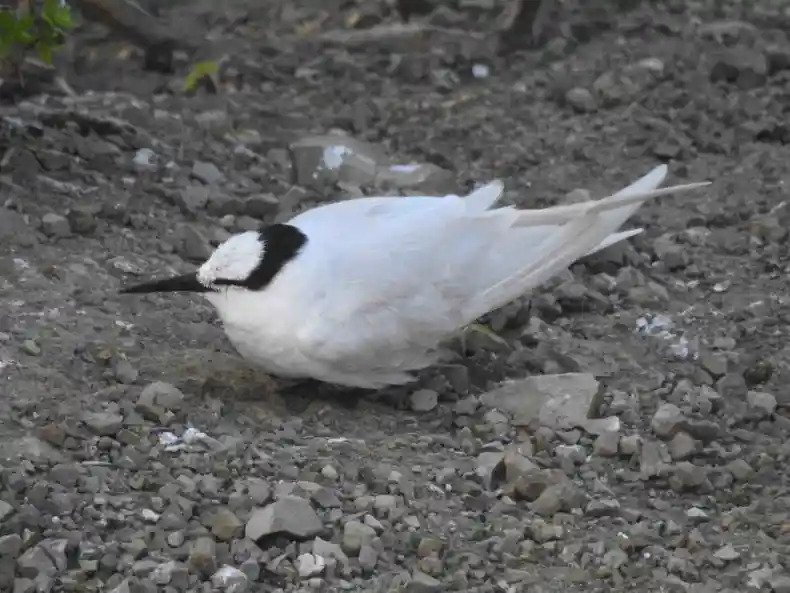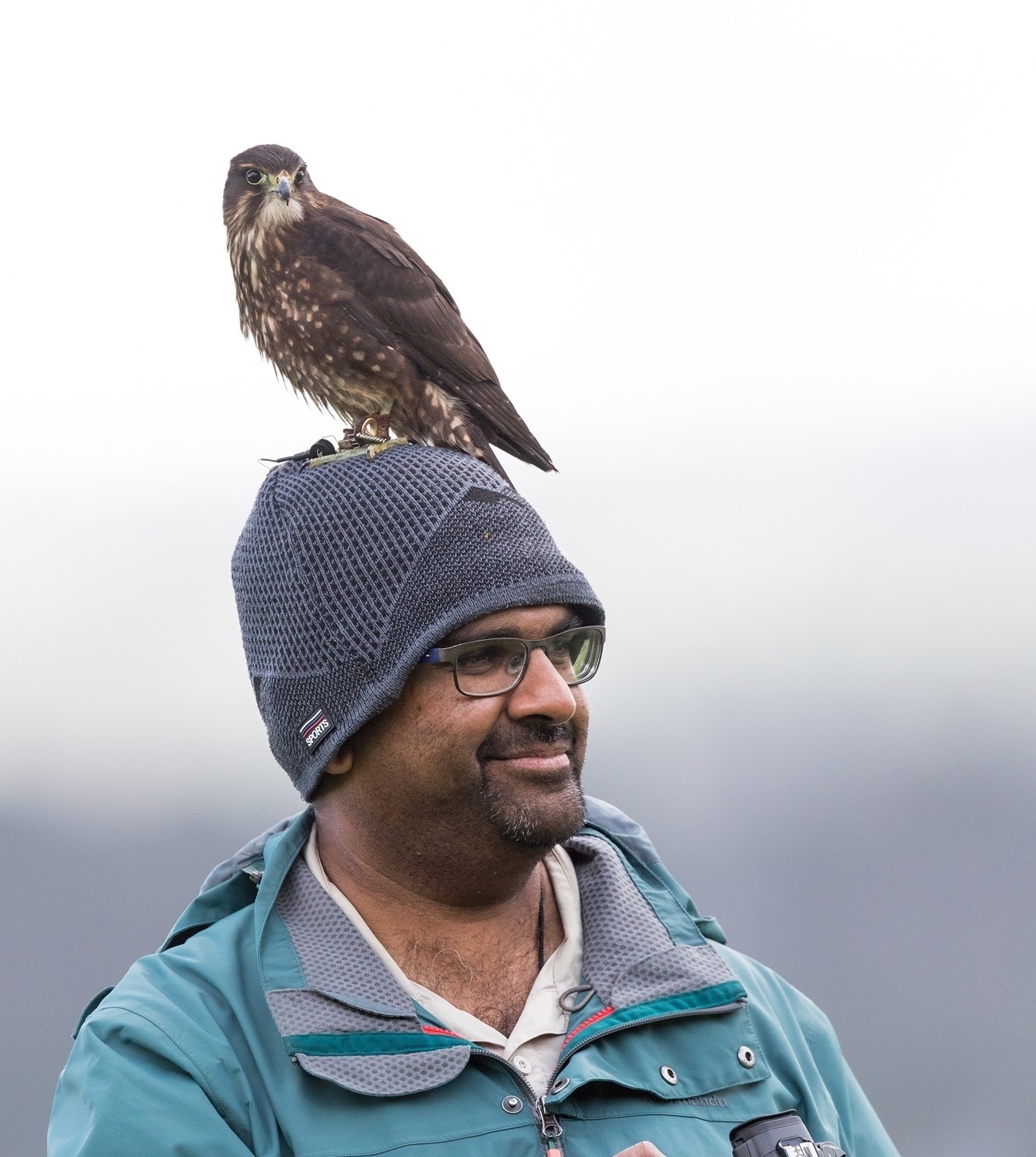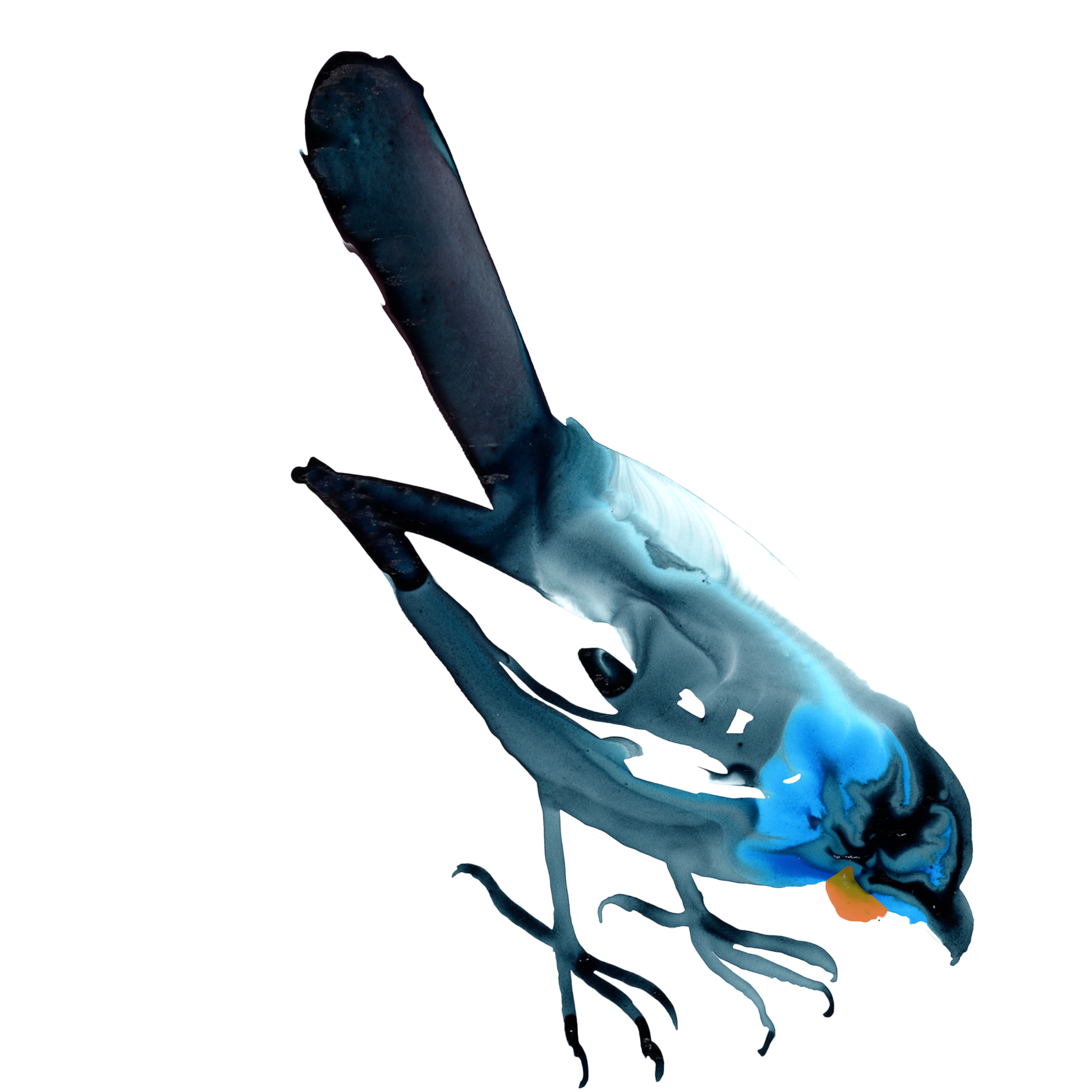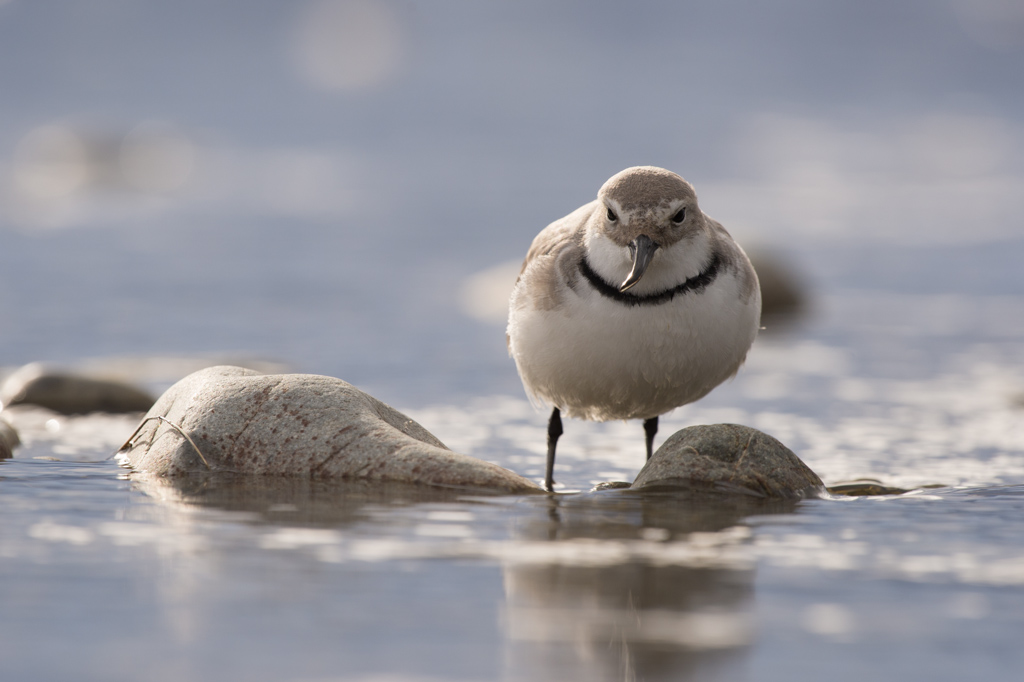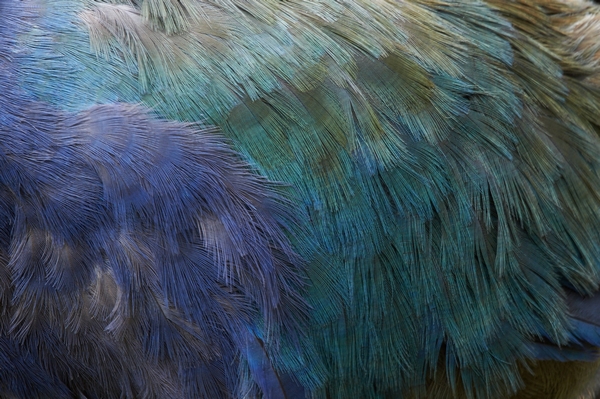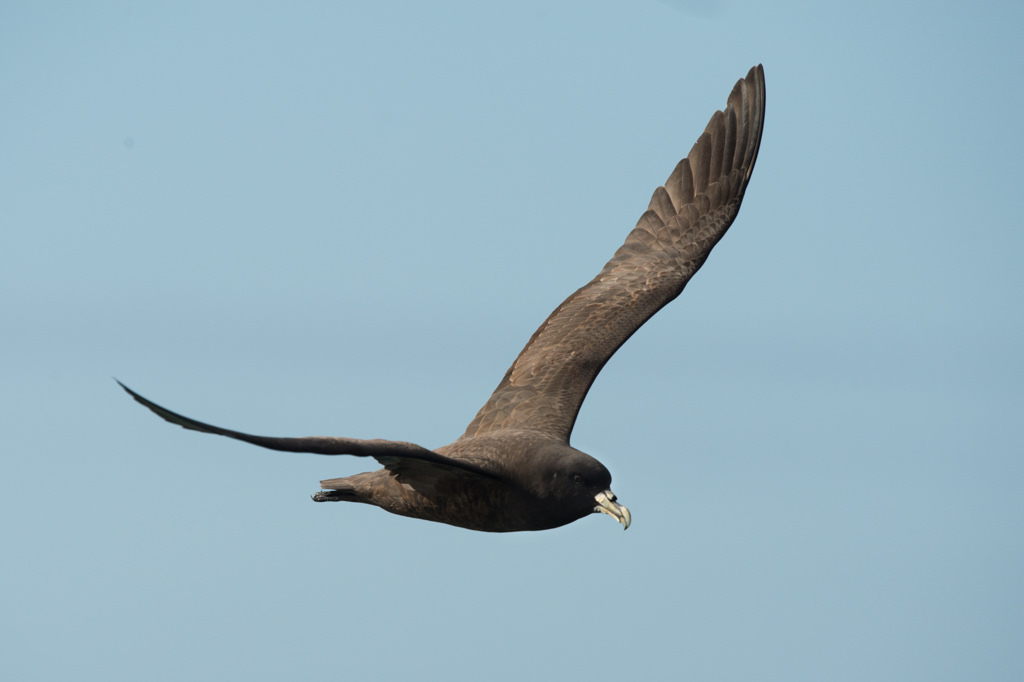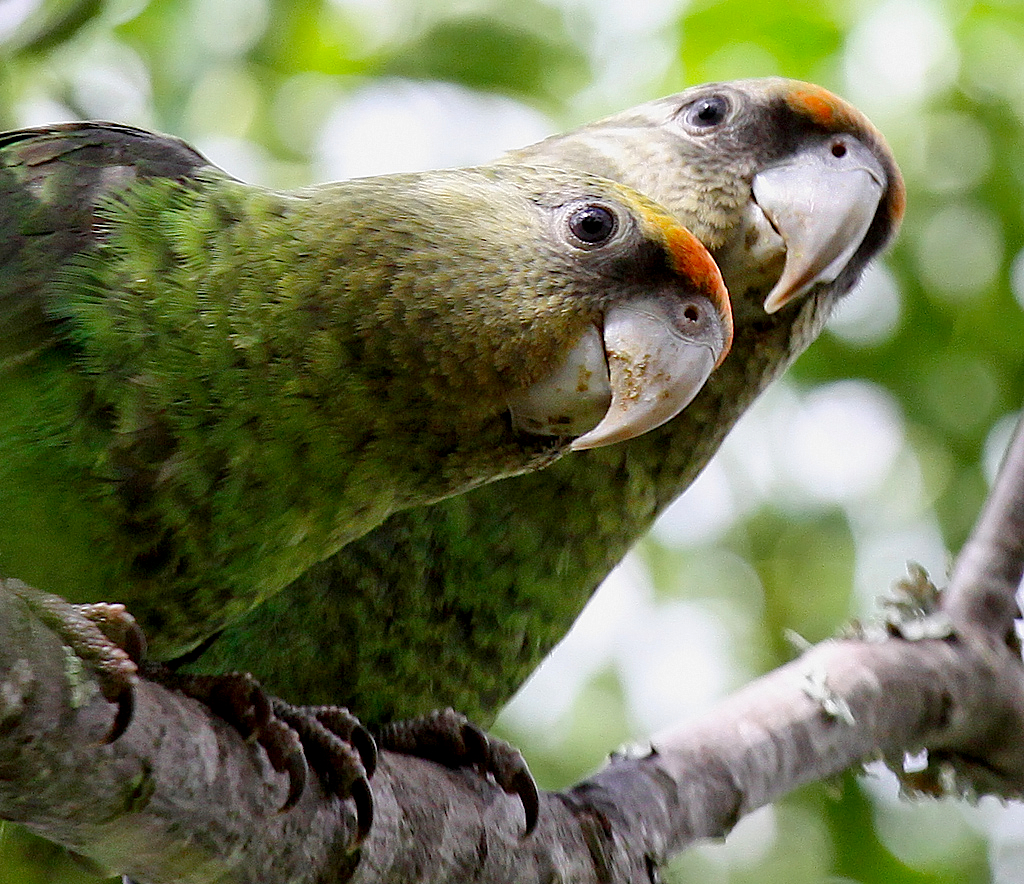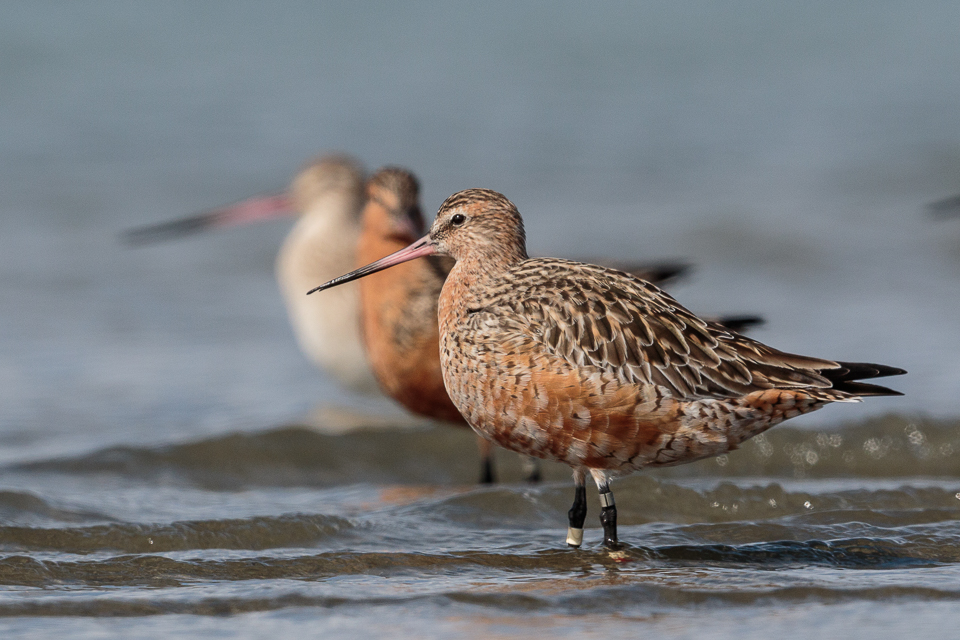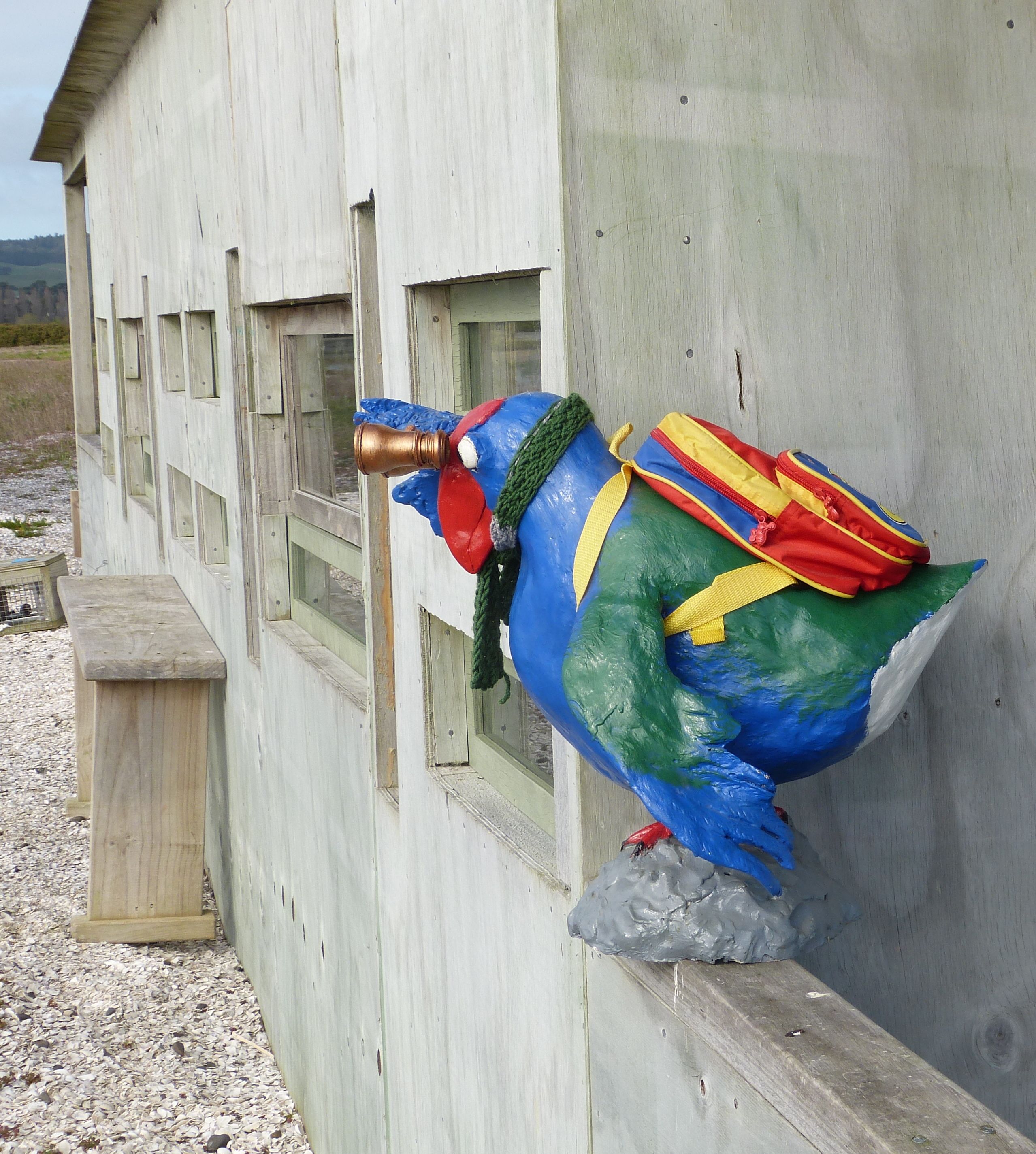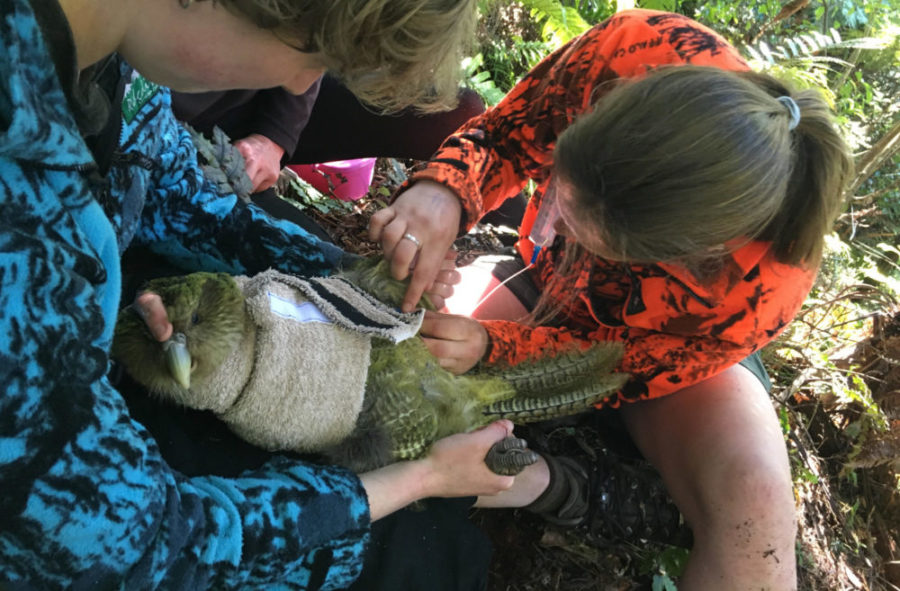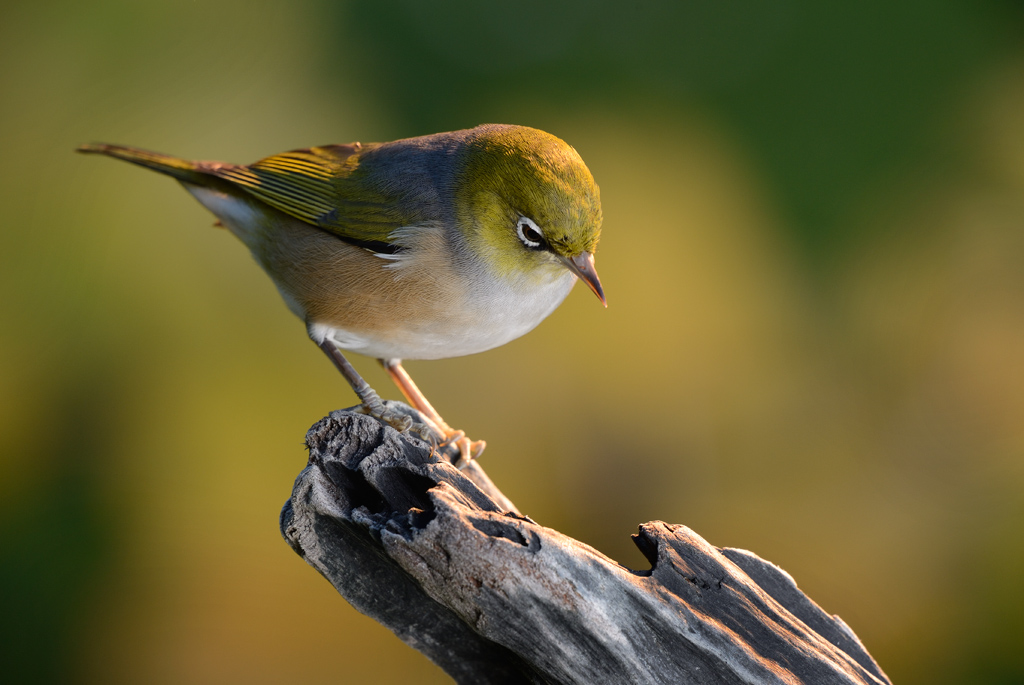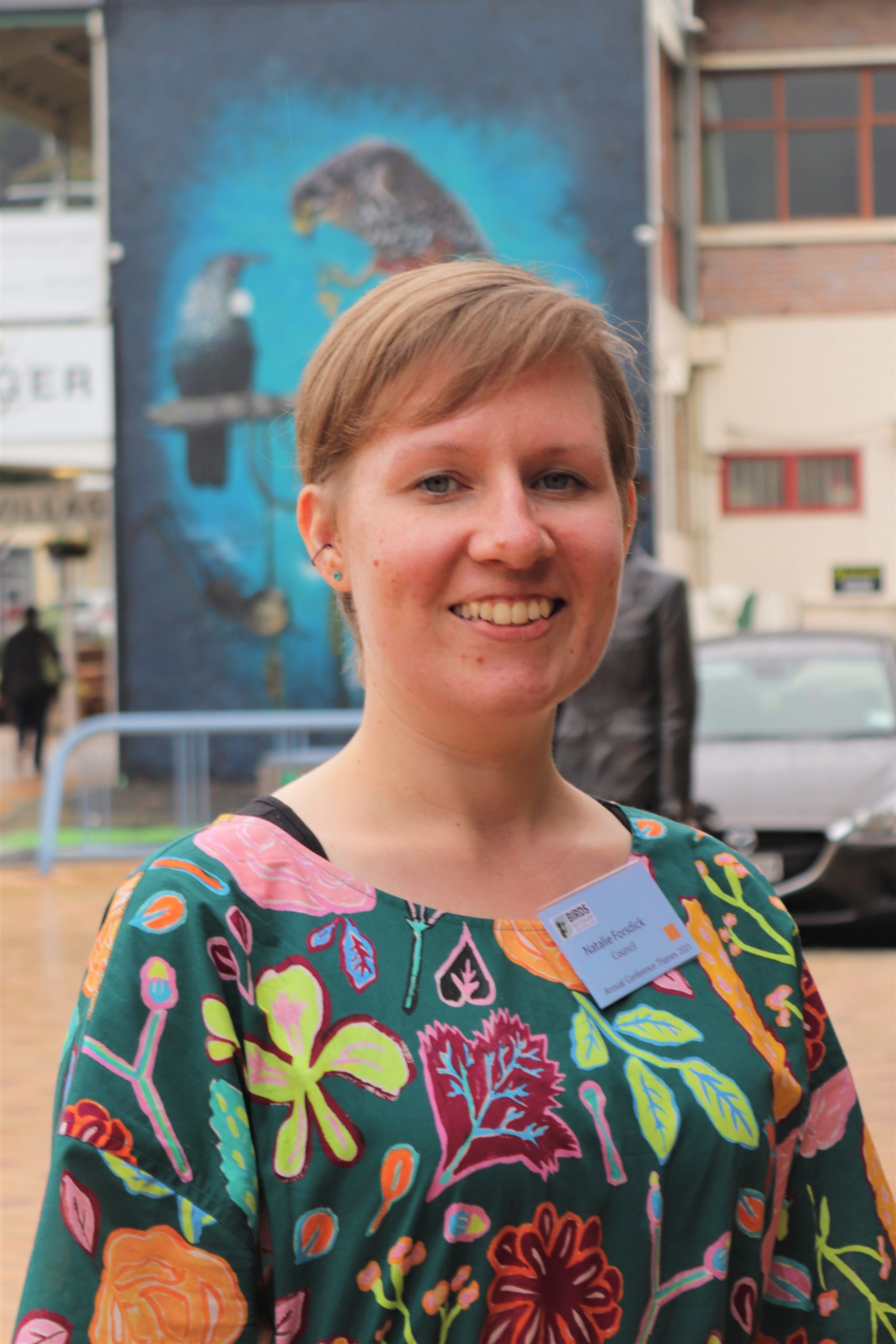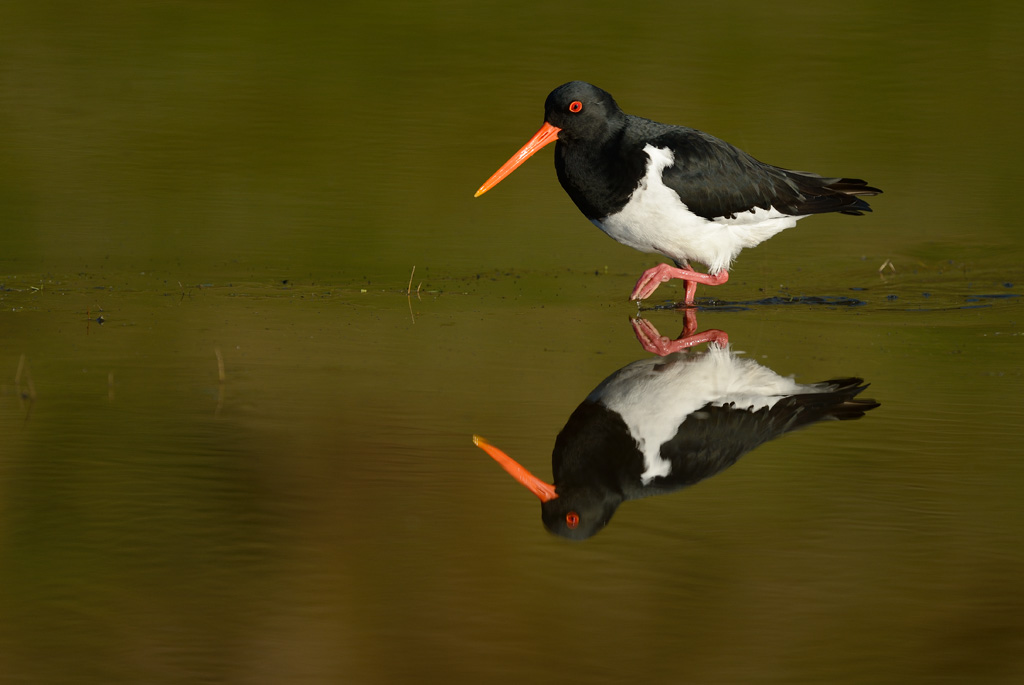Category: Live
Australasian Bittern Survey (Birdlife Australia)
August 20th, 2022Australasian Bittern are a partially nocturnal, cryptic, and nomadic heron species, which historically, have been observed in three countries, including Australia, New Caledonia, and New Zealand. The species has been classified as globally endangered since 2016 due to the declining trajectory of its small remaining population (1000 – 2499 individuals). The lack of rigorous baseline data and understanding of breeding behaviour of the species have been identified as barriers to effective conservation efforts aimed at reversing these trajectories.
Very soon, male Australasian Bitterns will begin establishing their territories in freshwater habitats comprising dense reedbeds, and producing a distinct, low frequency call referred to as a ‘boom’. This boom both attracts females and intimidates rivals. Birdlife Australia is recruiting listeners from across the Australasian Bittern’s range to undertake coordinated listening surveys and help identify this season’s breeding sites. Ideally, volunteers should be available once over these date ranges:
- September 8 – 12th,
- October 8 – 12th,
- November 6th – 10th,
- December 6th – 10th
There’s no expectation to be available for every date. Listeners can determine how many they’re available for. Even just one dawn or dusk survey during the identified dates is an exceptional contribution.
More information can be found here: https://www.networkbirdlife.org/volunteer-opportunities/keep-an-ear-out-for-australasian-bitterns-at-your-local-wetland
Birdlife Australia
Australasian Shorebird Conference 2022 – Registration open
August 20th, 2022The 12th Australasian Shorebird Conference will take place online from 29-30 October 2022. The Conference is online and registrations are now open here.
The theme for this Conference is “Global Strategies Local Actions” and through the Conference program we will look at what has been happening across the east Asian – Australasian Flyway since the 11th Australasian Shorebird Conference held in 2018.
We know of the many ongoing challenges that face shorebirds including loss of habitat, hunting, pollution and competition for food resources. Add to that the increasing threats from climate change and greater impacts from a growing human population in the Flyway, their world becomes more and more uncertain.
Strong efforts are being dedicated at the global and local level to understanding, raising awareness about, and addressing the problems facing shorebirds. You will see this reflected through the range of exciting sessions during the two days. Knowledge and action go hand in hand, and we will see the efforts that are being dedicated to achieving better outcomes for shorebirds.
Abstracts on presentations that support these themes are invited. The deadline for abstract is 15 August and more information is here.
All keen “shorebirders” will find the program of interest however you are engaged with our amazing shorebirds. We encourage you to register and join the Conference to learn more about and be part of the wonderful world of shorebirds and those seeking to ensure their conservation.
The cost of registrations is at an all time low.
| Category | Registration fee ($AUD) |
| Employed | 120.00 |
| Member of AWSG | 50.00 |
| Non-member | 90.00 |
| Student | 40.00 |
If you are a student from East Asia there is support for you to attend. Please look here for more details.
By registering you have the following benefits:
- Have access to the virtual platform and all sessions during the conference.
- Have access to a wide range of your peers and their latest research.
- As a presenter you will be able to share your latest research or management successes with an international audience of your peers.
- Have the opportunity to connect with your acquaintances and fellow conference attendees using the Meeting Hub. You can share contact details, send chat messages, video chat and set up meetings.
- During live session Q&A sessions you be able to submit written questions to the session chair. The pre-recorded video sessions will be followed by discussion forums where your question will be posed to the author by the session chair.
- Have access to recorded session content for two months after the conference has ended.
Northland “Amokura” Newsletter
July 25th, 2022Download the latest Northland “Amokura” newsletter here
Other recent newsletters from around the regions are available here
Dead little penguins washing ashore
June 17th, 2022Bodies of hundreds of little blue penguins have washed up on the beaches of New Zealand’s northern coast in recent weeks. Read the stories:
Dead little blue penguins keep washing ashore in New Zealand
(CNN, 16 June)
Search for clues as bodies of hundreds of little blue penguins wash ashore
(The Guardian, 14 June)
Hundreds of dead penguins wash up on Far North beaches (RNZ, 13 June)
Fee for Driving on Muriwai Beach
June 16th, 2022Auckland Council is proposing a fee-based permit system to better control vehicle access to the west coast beach.
Birds NZ is one of many conservation groups agreeing with the proposal.
Read the full story on 1 News (13 June).
(Image by Graham Lowther)
New edition of Checklist
June 7th, 2022A new edition of the ‘Checklist of the Birds of New Zealand’ was published by Birds New Zealand this week. For the first time in the 69-year history of these checklists, it is digital-only, published as both web-pages and a pdf (links provided below). The checklist provides the bird names and structure used for the popular New Zealand Birds Online website, which has been updated to match the new checklist.
Compared to the previous (2010) edition, the new checklist gives much greater prominence to Māori bird names. The names used in the checklist are derived from a database of 2,515 Māori and Moriori bird names, compiled by Checklist Committee convenor (and NZ Birds Online editor) Dr Colin Miskelly. Dr Miskelly explained that a major motivation for his research was feedback sent to the NZ Birds Online website. “By far the main criticism received was that we didn’t give enough prominence to Māori names for the birds of Aotearoa. And I agreed with them. As the names on the website were based on those in the 2010 checklist, we decided that the best approach was to update the checklist, so that users of the website could look deeper into why each name was selected.”
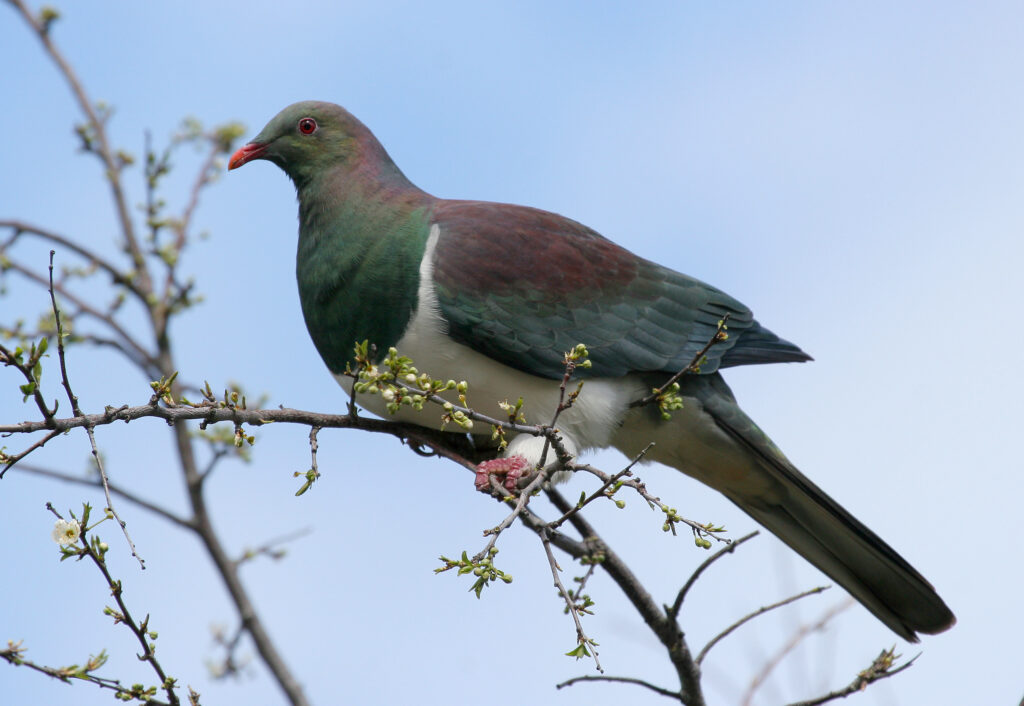
Many birds have multiple Māori names, as different names may have been given to different life stages, as well as different iwi having their own names for the same species. The Māori bird names presented in the main part of the checklist reflect the Māori bird names that have been used most often in the scientific literature. “This is a different question from what is the most appropriate Māori name to use for each species” said Birds New Zealand president Bruce McKinlay. “I am delighted to see Māori bird names featuring so prominently in the new checklist, and hope that matauranga Māori scholars and iwi will use this new database as a resource to advance their own research into the names that have and should be used for these taonga.”
Checklist of the Birds of New Zealand weblinks
Checklist (webpages) – birdsnz.org.nz/society-publications/checklist/
Full Checklist (pdf) – birdsnz.org.nz/wp-content/uploads/2022/05/checklist-2022.pdf
Appendix 3 – Alternative names for NZ birds (webpages) – birdsnz.org.nz/society-publications/checklist/appendix-3-alternative-names-for-new-zealand-birds/
Appendix 3 – Alternative names for NZ birds (pdf) – birdsnz.org.nz/wp-content/uploads/2022/05/checklist-2022-appendix3.pdf|
Full database of alternative names for NZ birds (Excel spreadsheet) – birdsnz.org.nz/wp-content/uploads/2022/05/supp-2-bird-names-database.xlsx
Contacts for further information or interviews
Dr Colin Miskelly (Bird Curator, Te Papa) – Checklist Committee convener, and New Zealand Birds Online editor – colin.miskelly@tepapa.govt.nz 021 805 231
Bruce McKinlay – Birds New Zealand President – president@birdsnz.org.nz 027 389 1477
Featured image: Great spotted kiwi, Matthias Dehling, New Zealand Birds Online
Black tern added to New Zealand list
May 19th, 2022I am pleased to report that black tern has been officially added to the New Zealand list!
The following Te Papa blog tells the story of how it was discovered and recognised:
A new bird for New Zealand – black tern
Thanks very much to Elizabeth Taylor, Oscar Thomas, John Graff, Russell Cannings and Sav Saville for the parts they played, and to Roger Smith, Gordon Petersen and Matthew Rodgers for their images used both in the blog and on the new Black tern page that Oscar wrote for NZ Birds Online:
Ngā mihi nui
Colin
Black-naped tern added to New Zealand list
May 19th, 2022I am pleased to report that black-naped tern has been officially added to the New Zealand list!
The following Te Papa blog tells the story of how it was discovered and recognised:
A new bird for New Zealand – black-naped tern
Congratulations to Hayden Pye for his unique experience that resulted in a new bird species being added to the New Zealand list.
Ngā mihi
Colin
New Membership Secretary
April 2nd, 2022We welcome Kurien (Koshy) Yohannan who has taken on the important voluntary role of the Society’s Membership Secretary!
South Island kokako joins global top 25 most wanted species list
February 16th, 2022With input from the IUCN Species Survival Commission, Re:wild chose the South Island kōkako from a list of over 2200 species of differing taxa assumed to be extinct or extremely rare and missing for over ten years!
Read the press release here
Effects of Sediment on Birds
February 1st, 2022A new report has been published that reviews the impacts of coastal sediment on seabirds and shorebirds in New Zealand.
The report can be accessed on
https://www.doc.govt.nz/globalassets/documents/conservation/marine-and-coastal/sediment/effects-of-sediment-on-birds-literature-review-2021.pdf
New Publications Page
December 22nd, 2021Council is delighted to advise members of the Society that a switchover was made today from the old Publications component of the Birds New Zealand website to a new site. The new component is part of a wider programme of website development that now provides improved access to the Society’s scientific journal, “Notornis” (and “NZ Bird Notes”, before 1950), also to “Birds New Zealand” and “Southern Bird” magazines. The old Publications component of the website which has served the Society so well since its launch in 2006 is no longer accessible.
Members should note that some functions on the new website are not available just now; work on these functions will, of course, continue into 2022 in parallel with development of a new digital publication series to be named “Occasional Publications of the Ornithological Society of New Zealand”, also the reconstruction of the rare birds sightings facility, and the development of a digital Beach Patrol reporting facility. It would be appreciated if errors or other technical issues that are discovered during your use of the new website could be reported to the Executive Officer.
Council looks forward to keeping all members updated with progress with website development, and for now we are pleased that a fresh new website for Notornis and other publications is available for your use.
Seabird Sensory Systems and Attraction to Artificial Light
December 9th, 2021Seabirds are vulnerable to light pollution especially when they are fledging. They become disorientated which leads to collisions with anthropogenic structures, groundings and fallout. There is growing research into the types and colours of lights which are attractive to seabirds. Our team, in collaboration with the University of Auckland and Northern NZ Seabird Trust, explored this with the seabirds in the Hauraki Gulf. Using six different types of boat lights we recorded the visitation rates of seabirds to the different lights.
More seabirds were attracted during a new moon compared to a full. Also, we found that the site location was more important compared to the type of light. The different sites had different seabird species compositions. From a seabird’s perspective, when we modelled the lights against the seabird’s visual system we found that white LED light, halogen, flood light and fluorescent lights were very similar to each. However, the red LED light and the green LED light looked the most different from the seabird’s perspective.
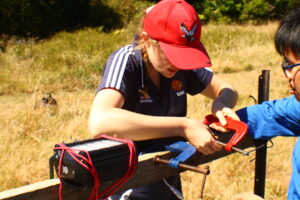
Research is currently being conducted into the visual ecology of the seabirds to identify any correlations between light attraction and eyeball sizes. Seabird sensory ecology could be a useful tool to help understand light attraction.
Read more here
International Ornithological Congress 2022
December 8th, 2021The 28th International Ornithological Congress (IOC) will be held in virtual format (in Durban) from 15 to 19 August 2022. All scientifically valid submissions will be included in the virtual program as pre-recorded oral presentations, with the best, early submitted presentations being chosen for in person “live” talks for the physical conference. The entire virtual program of presentation podcasts will then form the conference proceedings. Details are available on https://iocongress2022.com/ The deadline for abstract submission has been extended to 25 March! Register now!
Webinar: Gob-Smacking Godwits
October 12th, 2021
|
10,000 Facebook Page Followers!
September 20th, 2021This weekend we reached 10,000 followers on our Facebook page!
Thank you to everyone who has liked our page recently and a very warm welcome to you from our mascot, Orbell – seen here watching birds from the hide at Pukorokoro Miranda Shorebird Centre (where Orbell currently lives).
Membership of Birds New Zealand costs just NZ$1.50 a week. The subscription of $80 per year is very reasonable, and for students it is just $40 per year. Members receive our quarterly colour magazine ‘Birds New Zealand’, our acclaimed quarterly journal ‘Notornis’, and a branded lens cloth. You can join us here: https://www.birdsnz.org.nz/membership/membership-form-nz/#join
2021 BNZRF Projects
September 2nd, 202112 Projects have been selected for funding this year.
Overview articles are available here
New study reveals why some NZ birds are disappearing faster than others
July 16th, 2021New research has uncovered why New Zealand’s oldest forest bird families are dying out faster than new arrivals, and it could change how the country approaches conservation work. Read more in this recent Stuff article.
Meet our new Vice President!
June 16th, 2021Tēnā koutou kātoa. Ko Natalie Forsdick toku ingoa. I am excited to be stepping up as the new Vice President of Birds New Zealand. After completing my PhD at the University of Otago in 2020, I joined Manaaki Whenua Landcare Research as a Postdoctoral Research Fellow at our Auckland site. My research focuses on understanding the genetics of our threatened endemic species to support their conservation. Reduced genetic diversity and inbreeding are common challenges for many threatened species, and genetic/genomic research can help inform how such populations are managed to reduce their risk of extinction, and ultimately enhance their evolutionary potential. My current research projects involve both birds and insects, and are conducted in partnership with mana whenua, the New Zealand Department of Conservation, and Genomics Aotearoa.
I first joined Birds New Zealand ahead of the 2017 Te Anau conference, where I presented research from my Master’s project at the University of Canterbury investigating genetic diversity in the kakaruia/Chatham Island black robin, for which I was awarded Best Student Presentation. This, along with the warm welcome from my local Otago region led by Mary Thompson, led to me becoming more engaged with the society at a range of indoor and outdoor events. I am grateful to Birds New Zealand for providing funding for a part of my doctoral research, using new genomic sequencing tools to understand the impacts of hybridisation between kakī/black stilts and poaka/pied stilts. I had the opportunity to give back to the society and represent the student voice when I was elected to the Birds New Zealand Council in 2018. Through my role on Council, I have developed an understanding of the breadth of research and community projects underway that aim to understand our manu and their habitats.
With my research largely consisting of lab and computational work, participating in Birds New Zealand events provides me with the opportunity to enjoy time with our birds in the outdoors. I learn more on every outing, and as Vice President I hope to put my enthusiasm to good use as we look to the future for our growing society.
Collaborative Research Agreement with DOC
May 24th, 2021Collaborative Research Agreement with Department of Conservation for Studies on the South Island Pied Oystercatcher
The Ornithological Society has been operating a research project for over 10 years, led by David Melville and Rob Schuckard, aimed at increasing knowledge about the movement and longevity of the South Island Pied Oystercatcher/Tōrea in the Nelson/Tasman region. The outcomes of David and Rob’s research is not only of scientific interest but, no less importantly, is of interest to the Department of Conservation to assist with conservation management planning of this species. The Society and the Department of Conservation have a common interest in collaborating on research projects such as this with the objective of improving the protection of mobile bird species, especially species having conservation threat rankings.
New Zealand’s network of representative managed ecosystems is inadequate to sustain many mobile threatened species that use habitats both regionally and nationally, notably wetland, forest and shore birds, and birds inhabiting braided rivers. Lack of knowledge on flyways, migration routes, key stopover points, wintering sites, threats and pressures on those sites and routes, and best practise management actions to deal with threats are significant impediments to designing protective landscape scale networks for several mobile species.
To enable the Department of Conservation to better address these important concerns further research on the seasonal and geographic movements of highly mobile species is needed to improve our understanding of the factors causing their decline and to gain a clearer picture of the patterns of movements of birds. Our Society can contribute to this important conservation-oriented research by collaborating with the department on specific and important topics and where Society members have the knowledge, skills, resources and capacity to carry out studies.
Against this background the Society and the Department of Conservation entered into a collaborative research agreement in April 2021 that will enable sites and flight paths of specific mobile threatened bird species and other characteristics of their behaviour to be determined. This will involve tracking the movements of birds and trialling a range of new technologies in doing so. Ultimately, the information gained from tracking mobile threatened species will help improve conservation outcomes by identifying landscape wide habitats for which effective management arrangements can be developed.
The research programme will start with two complementary studies on the pied oystercatcher, a declining endemic coastal and inland migrant species. The pied oystercatcher has been selected as a ‘model’ species because of its ability to carry next-generation GPS trackers that will identify details of specific flyways.
The Department of Conservation and the Ornithological Society will liaise regularly with each other, it will include researchers from both sides in project teams to ensure that shared objectives are reflected in decisions, it will apply common research standards and protocols and it will share technical know-how, tracking and other specific data collected during studies. The agreement also acknowledges the contributions that will be made by each party by offering co-authorship of publications to researchers from the other side where this is appropriate, including in the Society’s scientific journal, ‘Notornis’.
